The 2010s will go down as the decade when international markets became the biggest driver of Hollywood box office revenue. In fact, China’s box office is expected to surpass the US in 2020. While international markets can provide a second shot for films that struggle domestically, there are no guarantees when it comes to commercial success. Even the most beloved franchises produce a dud every now and then.
These are the films we’re focusing on today. Not the outright bombs but rather the ones that had every expectation of success, only to come up far short of where they should have been. Below, you’ll find the most enormous box office disappointments of the decade.
Note: Box office figures have been taken into account, but the list is ranked in order of how significant the failure was to everyone involved (fans, filmmakers, studios, etc.).
10. Scream 4
Domestic: $38.18M
International: $59.05M
Worldwide: $97.23M
Budget: $40M
The 2010s were something of a renaissance for the horror genre. Thanks to an influx of talented directors, a long list of horror films not only made bank at the box office but earned critical praise too (see: Get Out, It, Hereditary). However, audiences were less kind to established franchises, especially ones perceived as old and tired. Enter Scream 4, which kicked the decade off by reviving one of the biggest horror series of the 90s.
The film was an improvement over the much-maligned Scream 3, bringing back the core cast while adding new “scream queens” like Emma Roberts and Hayden Panettiere. However, with all three previous installments having earned well over $150 million worldwide (in the late 90s, no less), Scream 4’s $97 million hauls was a disappointing step back and a clear sign that the once groundbreaking franchise had run out of gas.
 Source: Screenshot via Dimension Films
Source: Screenshot via Dimension Films9. Scott Pilgrim vs. The World
Domestic: $31.52M
International: $16.14M
Worldwide: $47.66M
Budget: $60M
If you were to release Scott Pilgrim vs. The World in 2019, the star power of Chris Evans alone would probably be enough to lift it to a $100 million gross. Alas, most of the film’s absurdly deep cast weren’t yet household names when Edgar Wright released his vibrant adaptation of Bryan Lee O’Malley’s graphic novels in the summer of 2010.
Michael Cera’s Scott may have been ready to take on the world, but the world wasn’t quite ready for this film’s pulse-pounding confluence of video game action and indie-rock culture. In the near-decade since its release, Scott Pilgrim vs. The World has become one of the era’s most beloved cult films but upon release, it brought in less than $50 million worldwide, putting it firmly in box office disappointment territory.
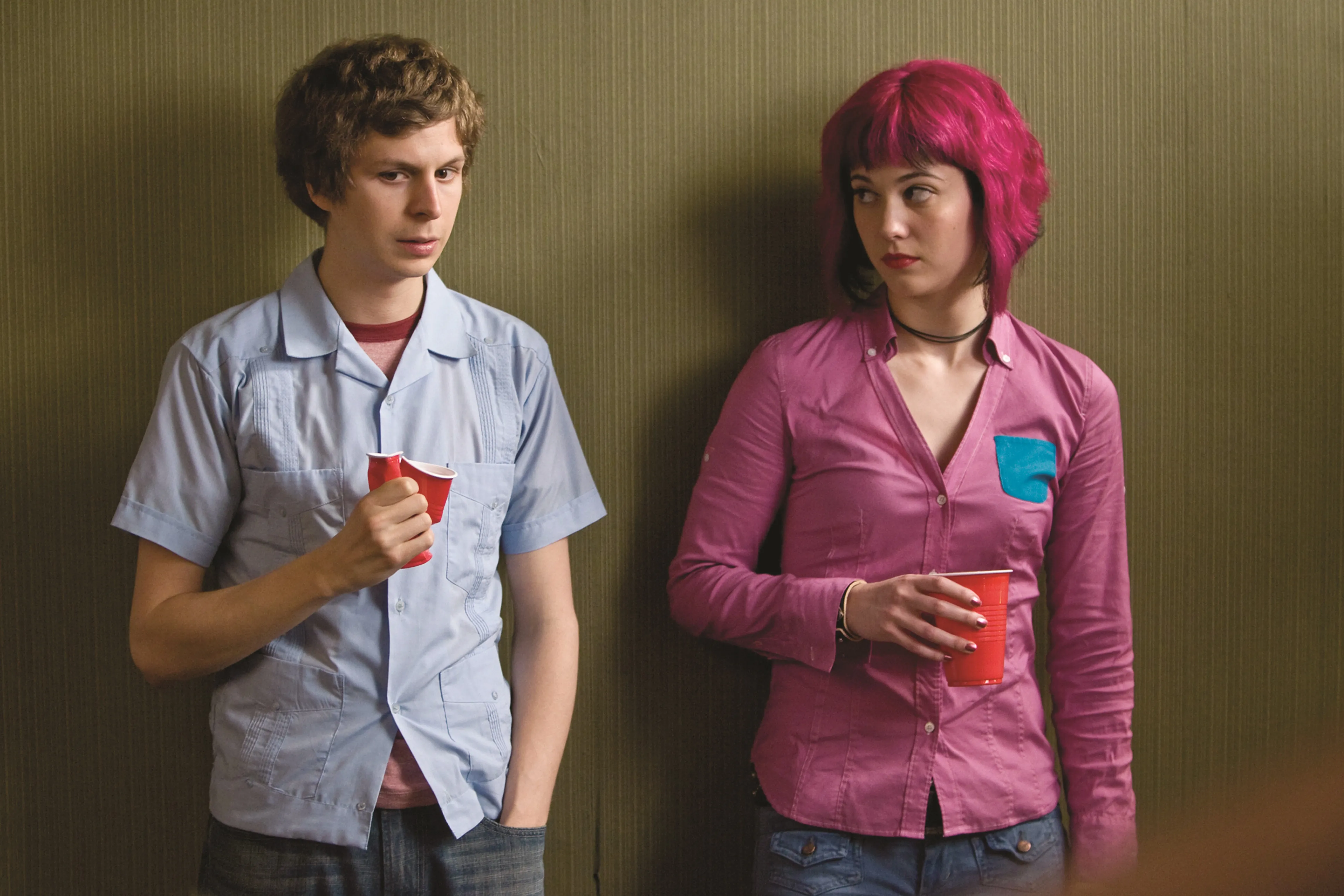 Source: Screenshot via Universal Pictures
Source: Screenshot via Universal Pictures8. The Good Dinosaur
Domestic: $123.08M
International: $209.12M
Worldwide: $332.2M
Budget: $175M
Pixar has been a box office gold mine ever since it released Toy Story back in 1995, but the legendary animation studio would finally experience commercial failure in the mid-2010s. The Good Dinosaur went through years of production turmoil, as the film’s budget ballooned following a director change and numerous reworkings.
Upon release, review scores were well below what you’d expect to see from a Pixar film, and the film also had to contend with a crowded release schedule that put it up against heavy hitters like Star Wars: The Force Awakens. In the end, The Good Dinosaur got lost in the shuffle, resulting in a net loss of $85 million and holding the unfortunate distinction of being Pixar’s first box office bomb.
 Source: Screenshot via Walt Disney Studios
Source: Screenshot via Walt Disney Studios7. Blade Runner 2049
Domestic: $92.05M
International: $168.45M
Worldwide: $260.51M
Budget: $150M
Blade Runner 2049’s disappointing box office run was certainly a blow to fans of cerebral science-fiction. Here was a film many thought would never see the light of day: a sequel to one of the most groundbreaking films of the 1980s — made by one of our most exciting modern directors — that didn’t stink. In fact, Blade Runner 2049 was probably the best sequel we could have hoped for. And yet, we should have seen its commercial failure coming from a mile away.
Slow, mind-bending science-fiction has always been a niche genre, to the point where the original Blade Runner was a non-starter at the box office (it barely made its $30 million budget back). For whatever reason, 2049 was given a budget five times larger, meaning it would have had to bring in at least $400 million to break even. That didn’t happen and as a result, Blade Runner 2049 may have killed not just the franchise but big-budget, smart sci-fi as a whole.
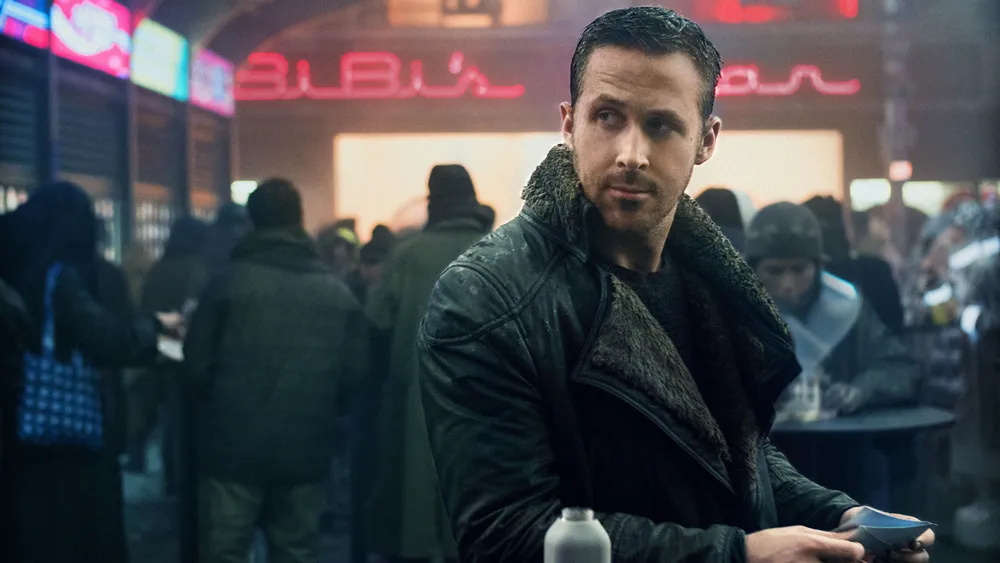 Source: Screenshot via Warner Bros.
Source: Screenshot via Warner Bros.6. Independence Day: Resurgence
Domestic: $103.14M
International: $286.53M
Worldwide: $389.68M
Budget: $165M
The original Independence Day was a ‘90s megahit, helping solidify Will Smith as an action star and giving director Roland Emmerich license to create a swath of disaster films for the next two decades. Even if it had no real hope of coming close to the $1 billion marks like its predecessor, Independence Day: Resurgence should also have been a box office hit. Emmerich was back in the director’s chair, with most of the original film’s cast returning as well. Plus, who doesn’t like a good alien invasion action flick?
Whether it was the absence of Will Smith, the 20-year gap between releases, or just general fatigue of disaster movies, audiences had little interest in Resurgence. The film earned $389 million worldwide — a massive drop from the original film’s staggering $817 million haul — making it one of the biggest box office misfires of the 2010s. No wonder Emmerich recently admitted he regrets making it!
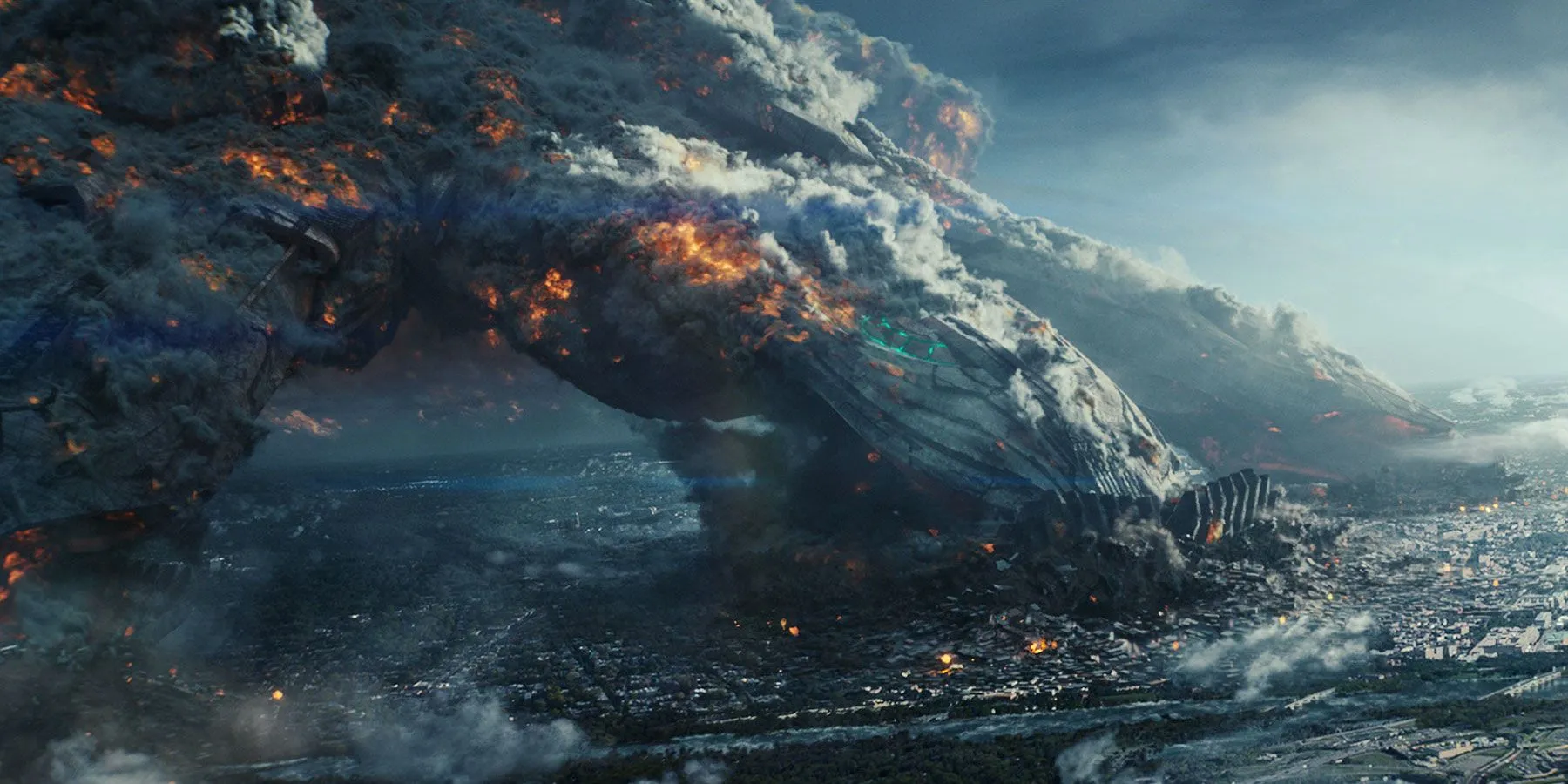 Source: Screenshot via 20th Century Fox
Source: Screenshot via 20th Century Fox5. The Lego Movie 2: The Second Part
Domestic: $105.8M
International: $85.5M
Worldwide: $191.3M
Budget: $99M
The Lego Movie was one of the surprise success stories of the 2010s. Not only did it turn out better than anyone could have imagined, but it earned a healthy $468 million at the box office to boot. A sequel was inevitable but Warner Bros. took its time getting there, releasing side projects like The Lego Batman Movie and The Lego Ninjago Movie in the interim (neither of which came close to matching The Lego Movie’s critical or commercial success).
By the time The Lego Movie 2: The Second Part dropped in early 2019, the appetite for a sequel seemed to have vanished. Sure, it didn’t help that The Second Part was inferior in just about every way to the original but it was still an enjoyable sequel. In most cases — especially when it comes to animated movies — this would be enough to propel it to a similar or even higher box office return than its predecessor. Yet, The Lego Movie 2 only made $191 million. And with the highest budget of any Lego movie, it may have destroyed the franchise altogether.
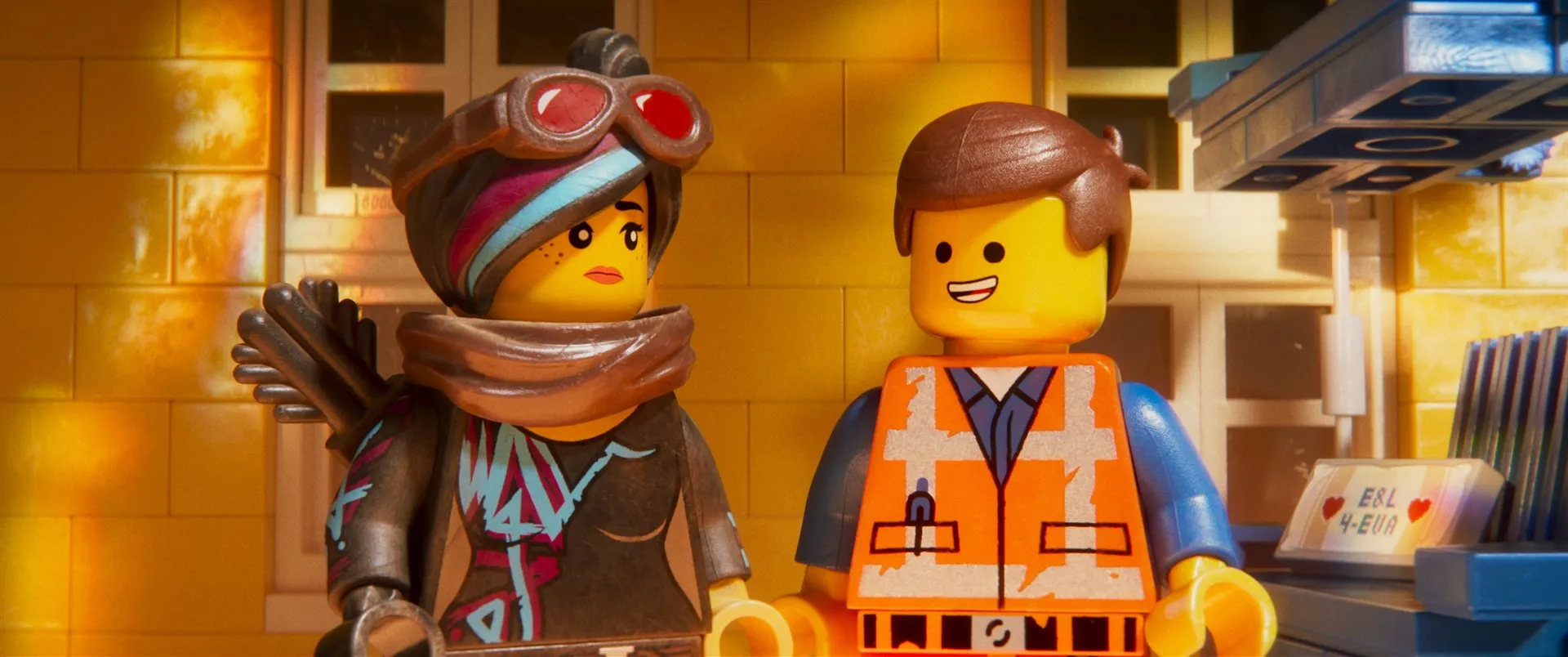 Source: Screenshot via Warner Bros. Pictures
Source: Screenshot via Warner Bros. Pictures4. The Amazing Spider-Man 2
Domestic: $202.85M
International: $506.12M
Worldwide: $708.98M
Budget: $255M
Given how ubiquitous Tom Holland’s version of the character has become, it’s hard to believe The Amazing Spider-Man franchise came out this decade. Sony’s first ill-advised reboot got off to a decent if unremarkable start with 2012’s The Amazing Spider-Man. Although the film would fall well short of all three installments in Sam Raimi’s Spidey trilogy, Sony considered it a success at the time given its reboot status. That leniency didn’t extend to the sequel.
Savaged by critics (it currently holds the lowest rating on Rotten Tomatoes of any feature-length Spider-Man movie), The Amazing Spider-Man 2 was a new low point for the franchise. Making matters worse, the film earned even less than the original, prompting Sony to cancel its sequel plans and make a landmark deal with Marvel that finally brought Spidey over to the MCU.
 Source: Screenshot via Sony Pictures Releasing
Source: Screenshot via Sony Pictures Releasing3. Alice Through The Looking Glass
Domestic: $77.04M
International: $222.41M
Worldwide: $299.45M
Budget: $170M
Tim Burton’s live-action Alice in Wonderland remains one of the most shocking box office triumphs of the 2010s. Starring Johnny Depp at the peak of his popularity and cashing in on the 3D filmmaking craze (thanks Avatar), Disney caught lightning in a bottle with Alice in Wonderland. At the time, it became just the sixth film ever to cross $1 billion worldwide so naturally, expectations for the 2016 sequel were high.
Alice Through The Looking Glass not only ran out of gas; it barely even left the starting line. The film made more than $700 million less than the original, one of the steepest sequel drop-offs in cinematic history. With a budget of $170 million, Alice Through The Looking Glass was far from a catastrophic bomb, but its massive drop off is almost as surprising as the first film’s meteoric success.
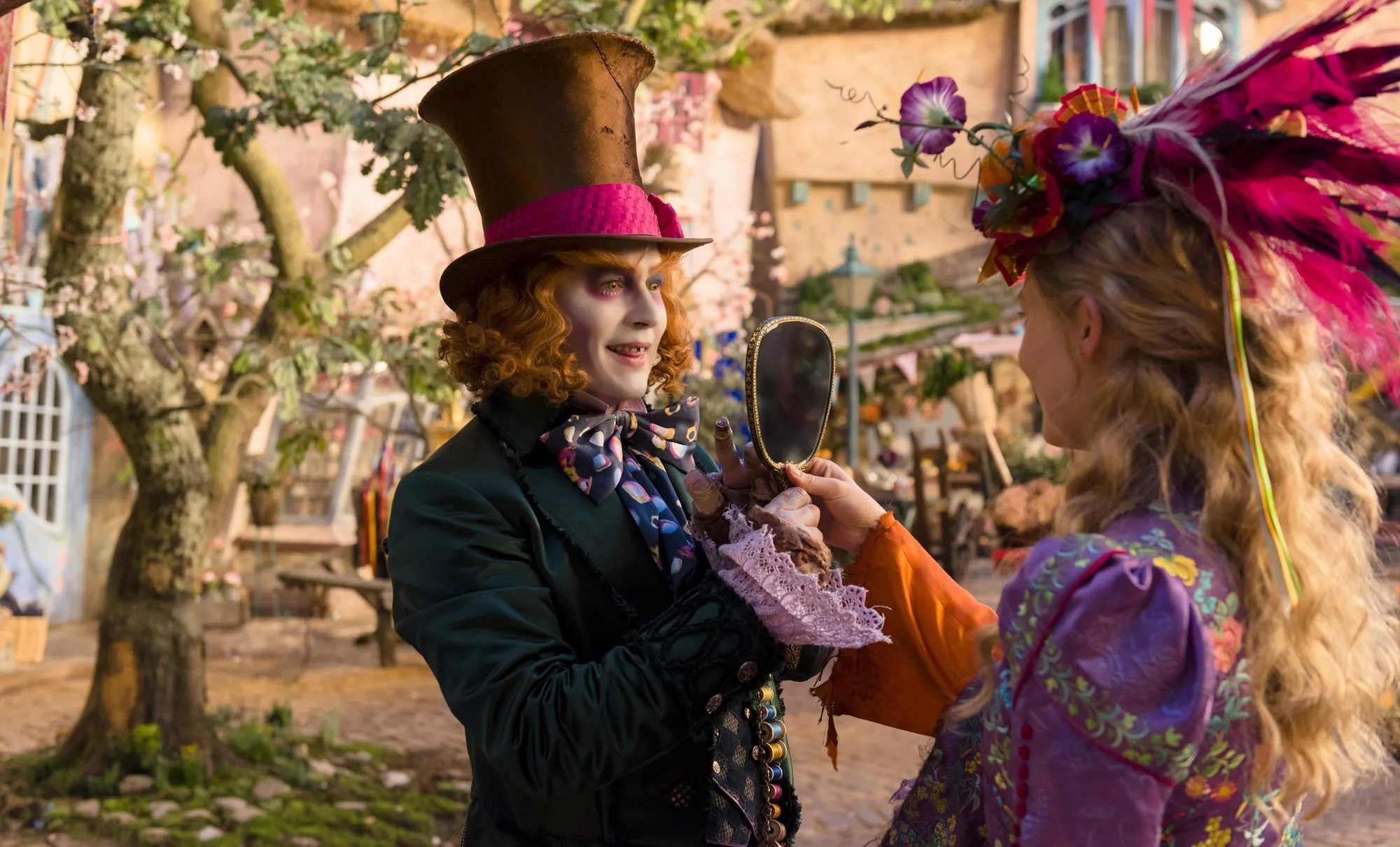 Source: Screenshot via Walt Disney Studios
Source: Screenshot via Walt Disney Studios2. Solo: A Star Wars Story
Domestic: $213.76M
International: $179.15M
Worldwide: $392.92M
Budget: $275M
With two films in the top 10 all-time domestic gross (not adjusted for inflation), it’s safe to say the Disney Star Wars era got off to a strong start this decade. However, the House of Mouse did hit a snag in 2018 with Solo: A Star Wars Story, a middling prequel telling the tale of Han Solo’s early years. With the lowest return of any live-action film in the franchise, Solo has the unfortunate distinction of being the first Star Wars box office bomb.
Solo’s poor performance is even more disappointing when you consider all three Disney-produced films that preceded it — The Force Awakens, Rogue One, and The Last Jedi — all earned over $1 billion worldwide. Star Wars is still one of the most lucrative movie franchises in the world, but Solo’s failure proves that even titans can falter every now and then.
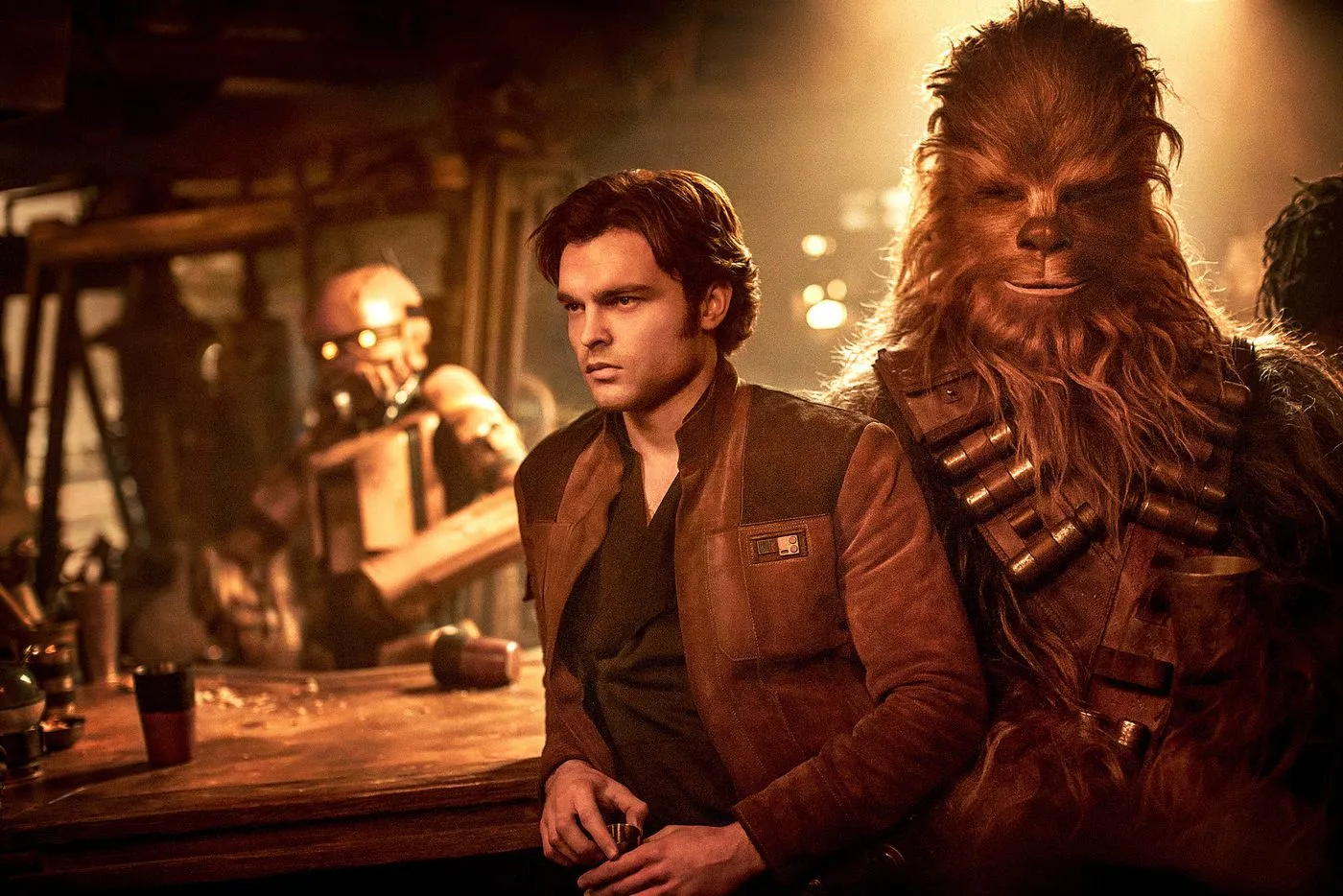 Source: Screenshot via Lucasfilm/Disney
Source: Screenshot via Lucasfilm/Disney1. Justice League
Domestic: $229.02M
International: $429.9M
Worldwide: $657.92M
Budget: $300M
With a worldwide haul of more than $650 million, Justice League sounds more impressive on paper than most box office bombs. If its budget had been somewhere in the $100-150 million range, Justice League may have even registered as a modest hit. Unfortunately, this is a film with a $300 million budget we’re talking about, meaning Justice League is not just one of the most expensive films ever made, but one of the highest-grossing bombs too.
Setting aside all the “Release the Snyder Cut” chatter for a minute, what makes Justice League the biggest box office disappointment of the decade is that its failure flies in the face of expectation. It took decades to finally get Batman, Superman, Wonder Woman, and the rest of DC’s top heroes (sorry Green Lantern) together for a live-action crossover and Warner Bros. simply dropped the ball. In a world where several Avengers films have shattered box office records, Justice League should have been the easiest billion a studio ever earned. Instead, it broke an entire franchise.
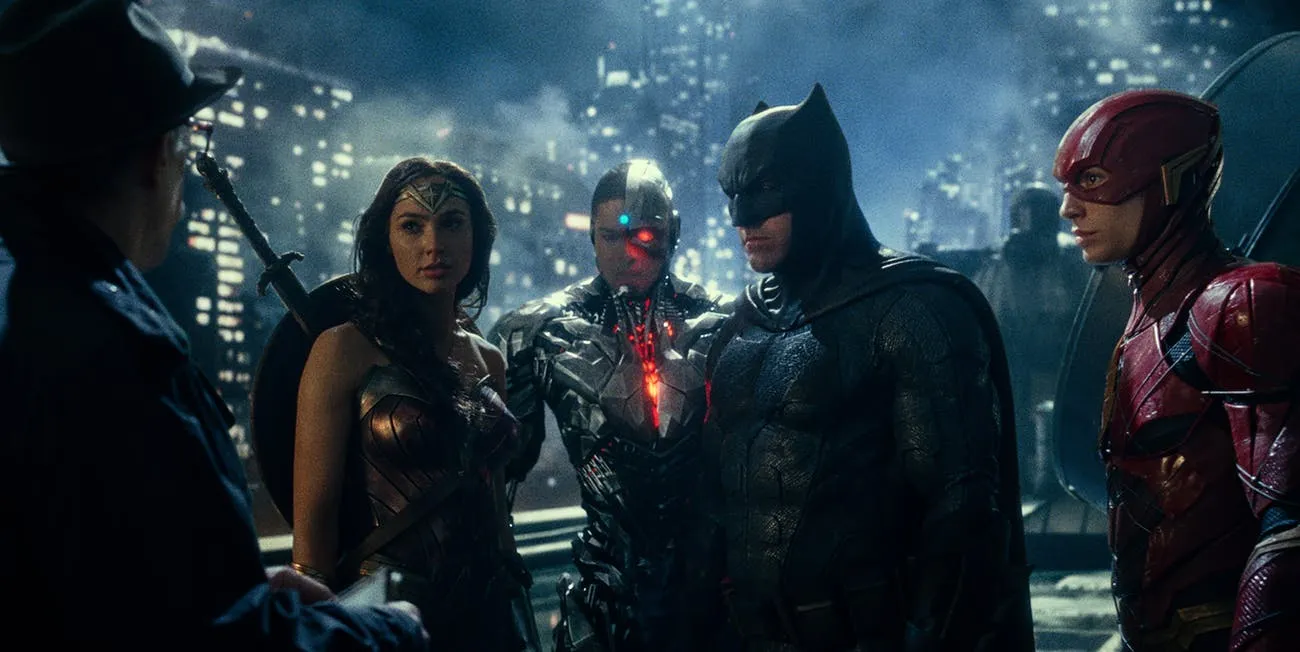 Source: Screenshot via Warner Bros. Pictures
Source: Screenshot via Warner Bros. Pictures